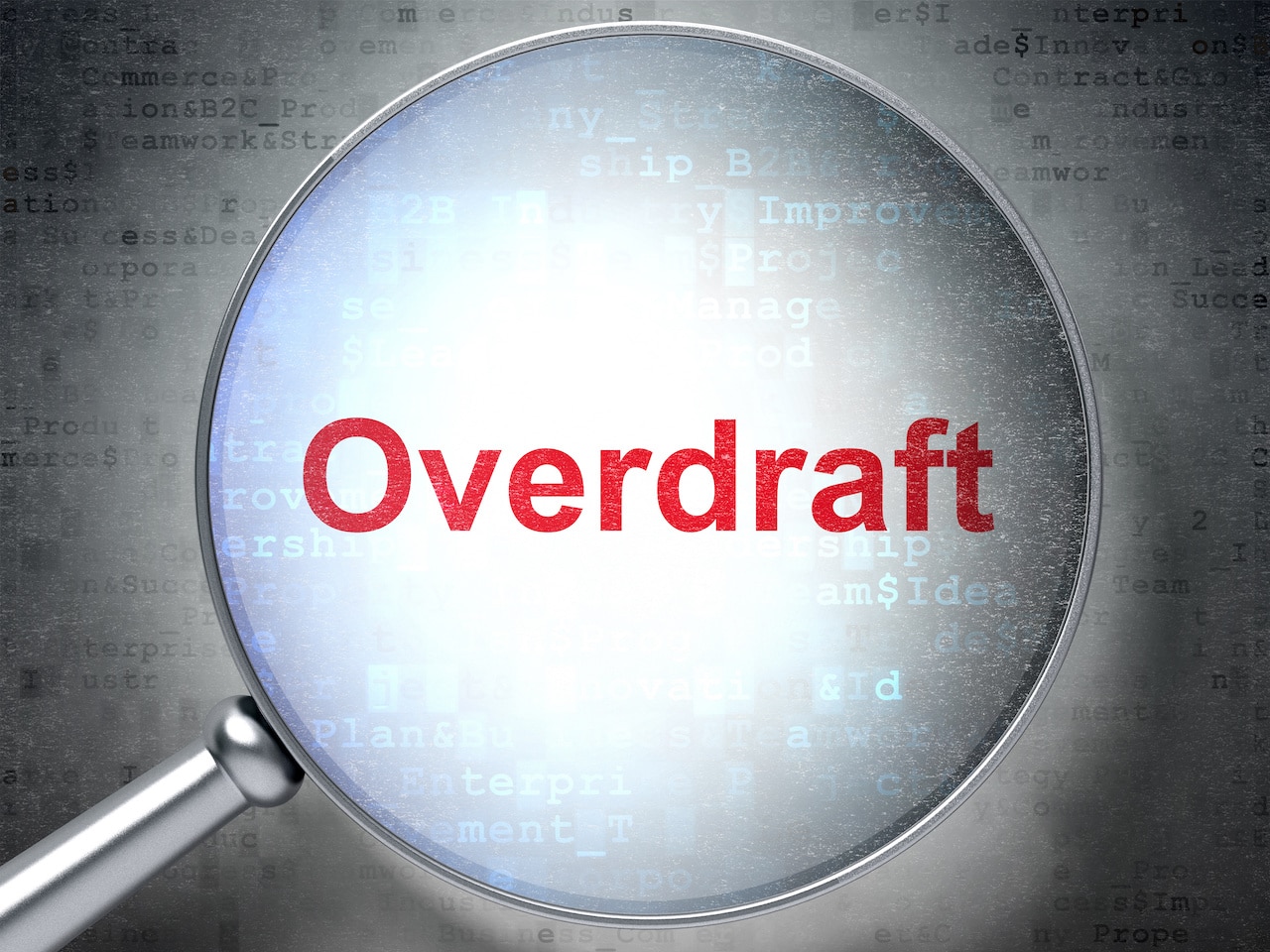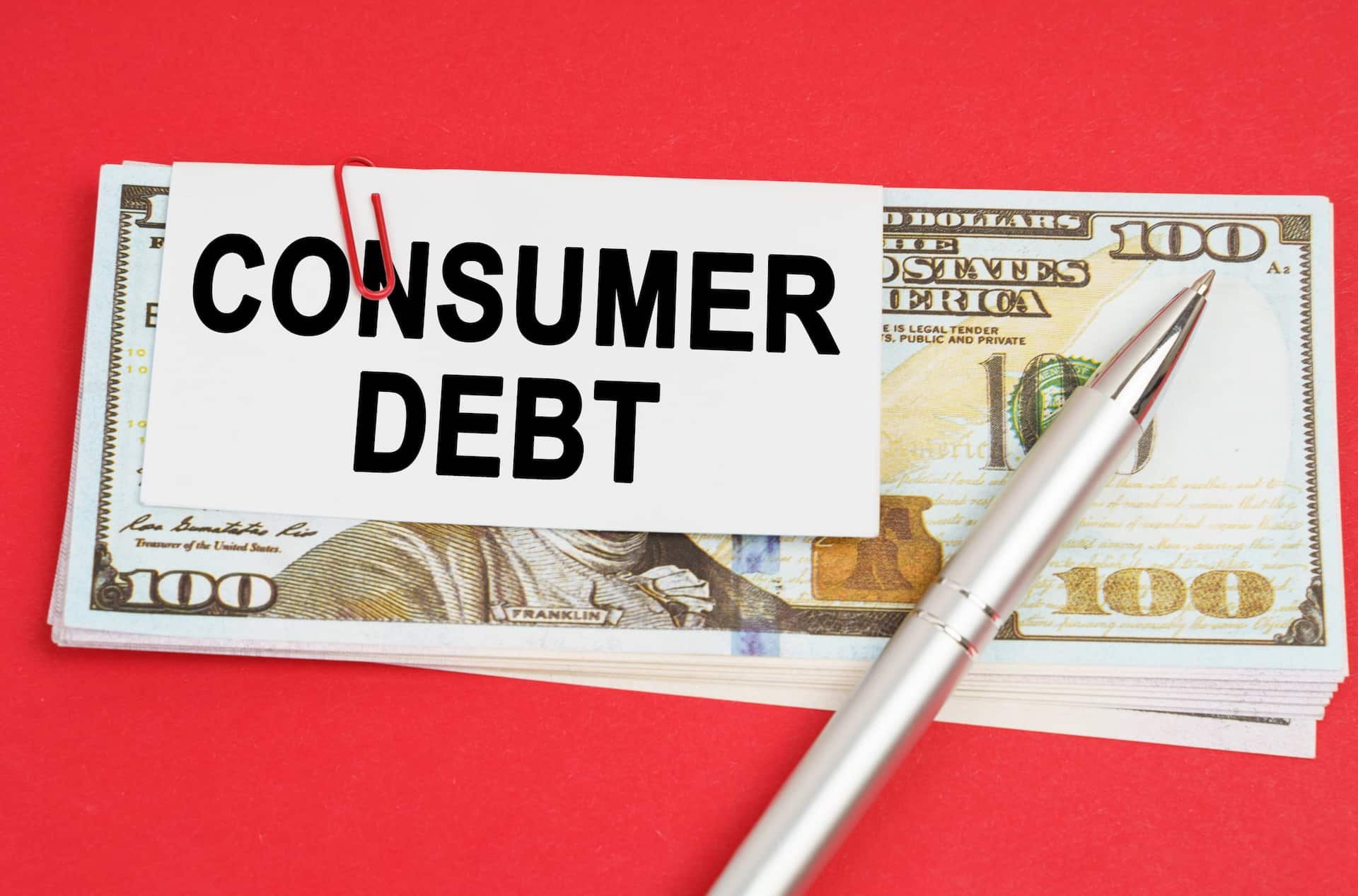Credit Sesame on the pros and cons of overdrafts and overdraft fees.
Overdraft fees have come under a lot of fire over the past couple years. Politicians and financial regulators have taken aim at them for being too high and for penalizing poorer customers in particular.
Are overdraft fees really as evil as they are made out to be? With more and more banks being pressured to get rid of them, consumers may find out that the alternatives are even worse.
As with most financial matters, it’s a matter of degree. There have certainly been some overdraft fee policies that are unreasonable. But not all overdraft fees are that bad, and eliminating them may cost consumers in other ways.
The pros and cons of overdrafts
Critics of overdraft fees often talk about them as if they are inherently evil. However, when you think about what an overdraft is, it’s easier to understand why banks want to charge a fee when they occur.
If you don’t have enough money in your account to cover a payment, the bank has to transfer money from its own reserves to cover it. This is an extra administrative chore. Plus, the customer is effectively borrowing money from the bank without asking.
Viewed in that light, it’s not unreasonable for a bank to charge something when an overdraft occurs. This is where it becomes a matter of degree. Some overdraft fees are worse than others – based both on the size of those fees and how the bank charges them.
The size of overdraft fees
According to the Consumer Financial Protection Bureau, a typical overdraft fee is $35. However, if you look at the overdraft fees charged by different banks, you find they vary a great deal.
There are more than 4,700 FDIC-insured banks. On top of that there are even more federally-insured credit unions. In short, you have a lot of choices. If you’re paying $35 for overdrafts, chances are you could do a lot better.
Zero tolerance for overdrafts
Most checking accounts charge you overdraft fees starting with the first occurrence. That gives you no chance to learn from a mistake without paying for it.
However, there are a few accounts that allow for an overdraft or two before they start charging. These may be a reasonable choice for young people still learning how to use a checking account.
No cap on fees per overdraft occurrence
One of the most dangerous things about overdraft fees is that you can get charged many times because of a single overdraft.
Overdraft fees are typically charged for each overdraft transaction. So suppose you’ve accidently overdrafted your account on a day when you’re running a lot of errands. You use your debit card to pay for your dry cleaning, then to fill up your gas tank, then to pay for lunch and then to pick up a few groceries.
At many banks, that’s not considered one overdraft. It’s considered four – one for each transaction while the account was overdrafted. Multiply a typical $35 overdraft fee times four, and that comes to $140 for a single mistake.
However, there are banks that cap the number of overdraft fees you can be charged for a single occurrence. A low cap can greatly limit the damage.
How overdrafts may be useful
As described above, there can be a big difference in how damaging overdraft fees really are. In cases where they are less harmful, their existence should be balanced against the positive aspects of those fees.
Here are some ways in which overdraft fees are good for consumers. This doesn’t mean that they don’t hurt some specific bank customers, but their existence can work to the benefit of consumers in general.
Occasional payment latitude
If you write a check or use your debit card when there are insufficient funds in your account, one of two things could happen. The first is that the bank could cover the overdraft. The second is that your check could bounce or your debit card transaction could be denied.
Even if your bank charges you a fee to cover the overdraft, this could be preferable to having your payment fail. That could cause embarrassment or inconvenience if it’s a debit card payment. It could cause you to incur late fees and returned check charges if it’s a bill payment.
All things considered, there are situations where the convenience of having your bank cover an overdraft is worth paying for occasionally.
Keeping banking accessible
As noted earlier, overdrafts cost a bank money. They can try to recoup some of that cost through overdraft fees. Alternatively, they could close the accounts of customers who habitually overdraft their accounts.
At a time when there are public policy initiatives to get more people into the banking system, leaving banks no recourse but to refuse to work with customers who overdraft their accounts could be a step backwards for banking accessibility.
Making no-fee checking possible
Free checking is a benefit to many consumers, especially lower-income ones. However, getting rid of overdraft fees may make free checking less available.
The CFPB found that overdraft fees make up over half of the fees banks earn on deposit accounts. Reducing that revenue source only means that banks must try to make up for it elsewhere. One way might be to add or raise more monthly fees on checking accounts. It could also mean charging maintenance fees on savings accounts, which has been relatively rare up to now.
This is worse than simply trading one revenue source for another. It would mean replacing a revenue source consumers can avoid (overdraft fees) with one they can’t (monthly maintenance fees). Past CFPB research has found that 75% of overdraft fees are paid by just 8% of customers who overdraft their accounts frequently. Charging overdraft fees prevents banks from having to shift the financial burden of those few with bad banking habits onto the majority of their customers.
Avoiding overdraft fees
While overdraft fees can have some benefits for consumers in general, that doesn’t mean you should like paying them. Here are some things you can do to avoid, or at least minimize, overdraft fees:
- Opt out of overdraft protection. In fact, this is the default for new accounts. So, if you don’t think overdraft protection is worth paying for, don’t opt into it.
- Choose a bank with more forgiving overdraft policies. Some banks have lower overdraft fees than others. Some also limit overdraft fees by capping how many can be charged for any one overdraft occurrence. With thousands of bank and credit union choices out there, you could reduce or even avoid overdraft fees by exercising your freedom of choice.
- Develop better banking habits. Even if banks didn’t charge overdraft fees, spending money you don’t have is a problem. You should use a combination of bank statements and your own records to keep track of what your balance is. Online access makes this easier than ever.
- Keep a bigger cushion in your account. If you have trouble keeping close track of your balance, then a solution might be to keep a larger balance in your accounts. This isn’t easy for lower-income customers, but for people who don’t want to keep close track of their balances it is another way of avoiding overdrafts.
Any criticism of overdrafts and associated fees should take into account differences in overdraft policies and the possible benefits of having an overdraft.
If you enjoyed The Pros and Cons of Overdrafts you may also be interested in:
Disclaimer: The article and information provided here is for informational purposes only and is not intended as a substitute for professional advice.




















